The Wright brothers’ first flight. The first transatlantic trip. The invention of the jet engine. The introduction of the Boeing 747.
Few moments in commercial aviation history have had as big an impact as Boeing’s jumbo jet: It first flew in 1969 and entered service a year later with the now-inoperative U.S. carrier Pan Am. The first wide-body passenger plane and a defining icon of the golden age of travel, the double-decker unlocked routes, continents and new economics for the airline industry; it also allowed carriers to introduce unparalleled levels of luxury.
Want more airline-specific news? Sign up for TPG’s free new biweekly Aviation newsletter.
After more than 50 years, the “queen of the skies” has reached the end of its reign. Boeing this week rolled the final double-decker out of its assembly hanger in Everett, Washington, closing a production line that has been at work since 1967.
The plane, a 747-8 Freighter with the tail number N863GT, is Boeing’s 1,574th 747, and it will be delivered to cargo airline Atlas Air in early 2023. Atlas Air received the second-to-last 747 in October, too — tail number N861GT. TPG had a chance to see that airframe on the assembly line in June during a tour of Boeing facilities.
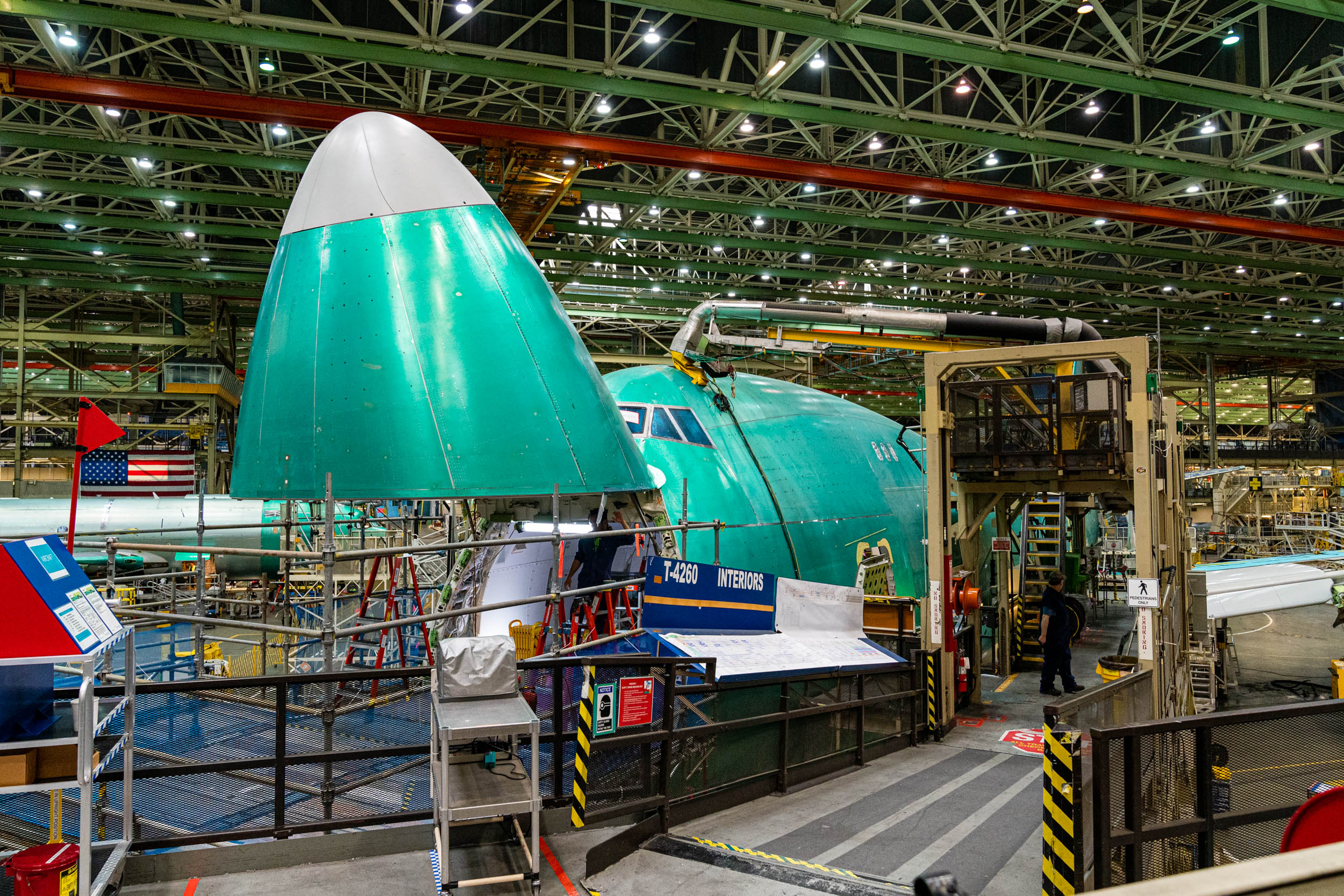
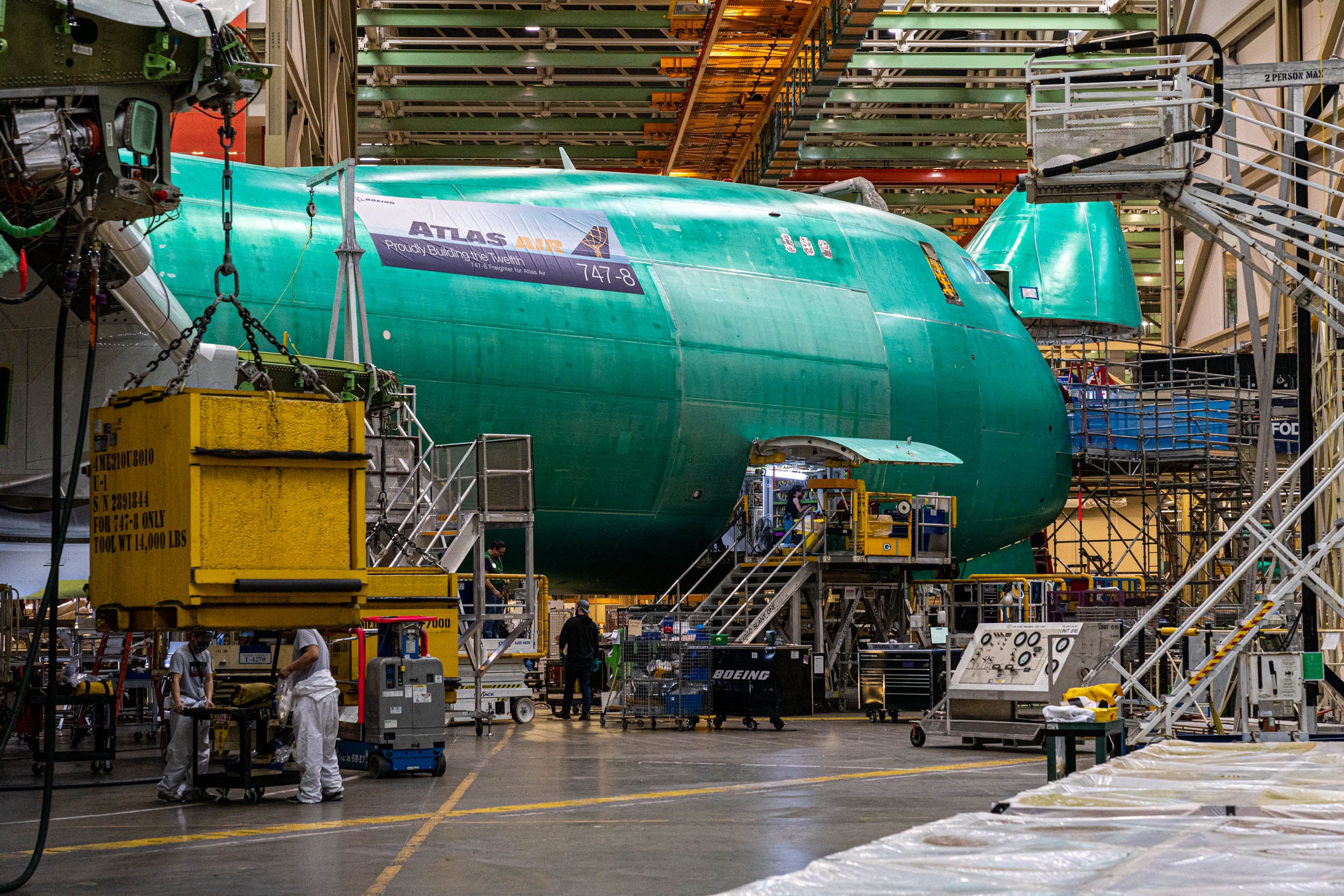
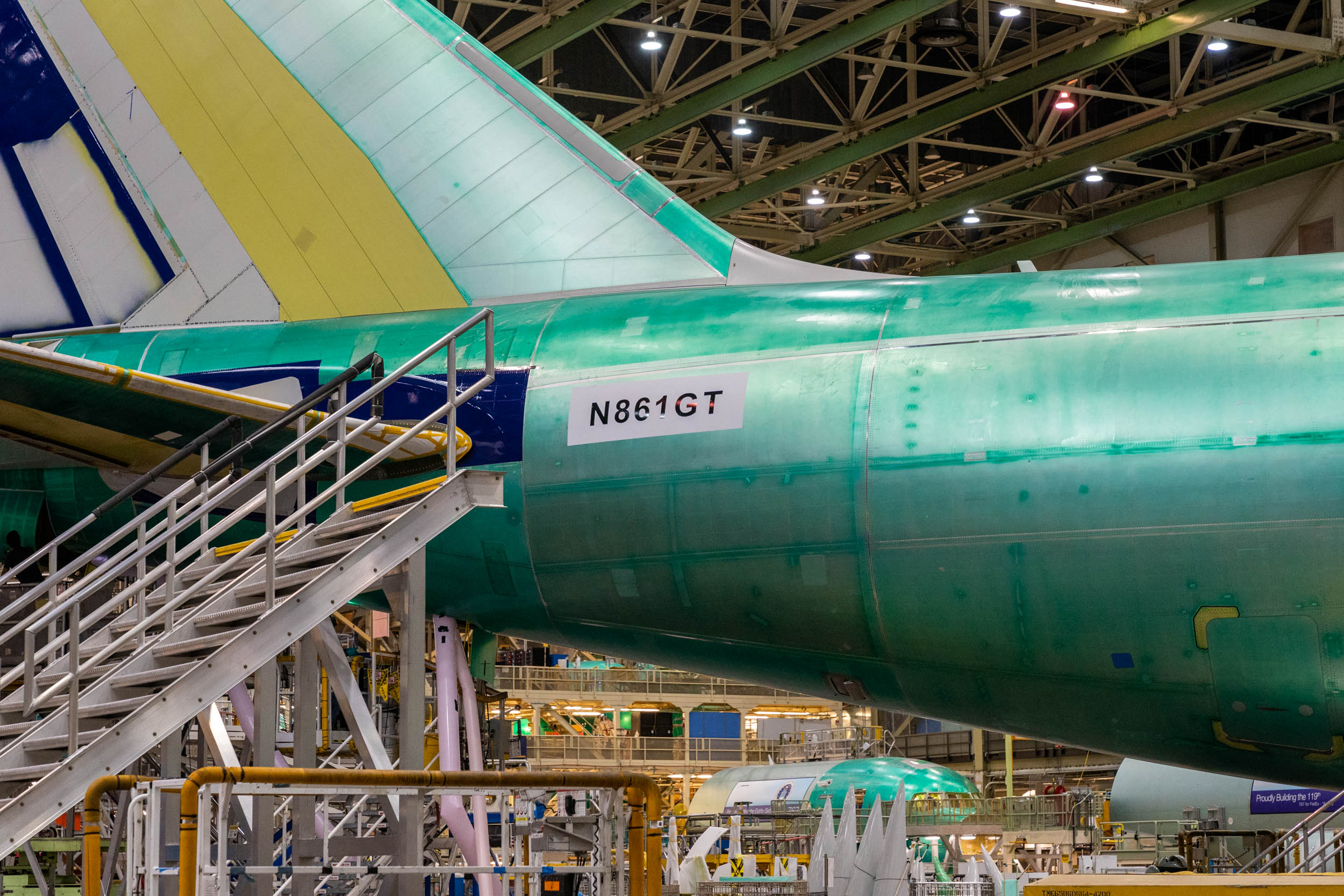
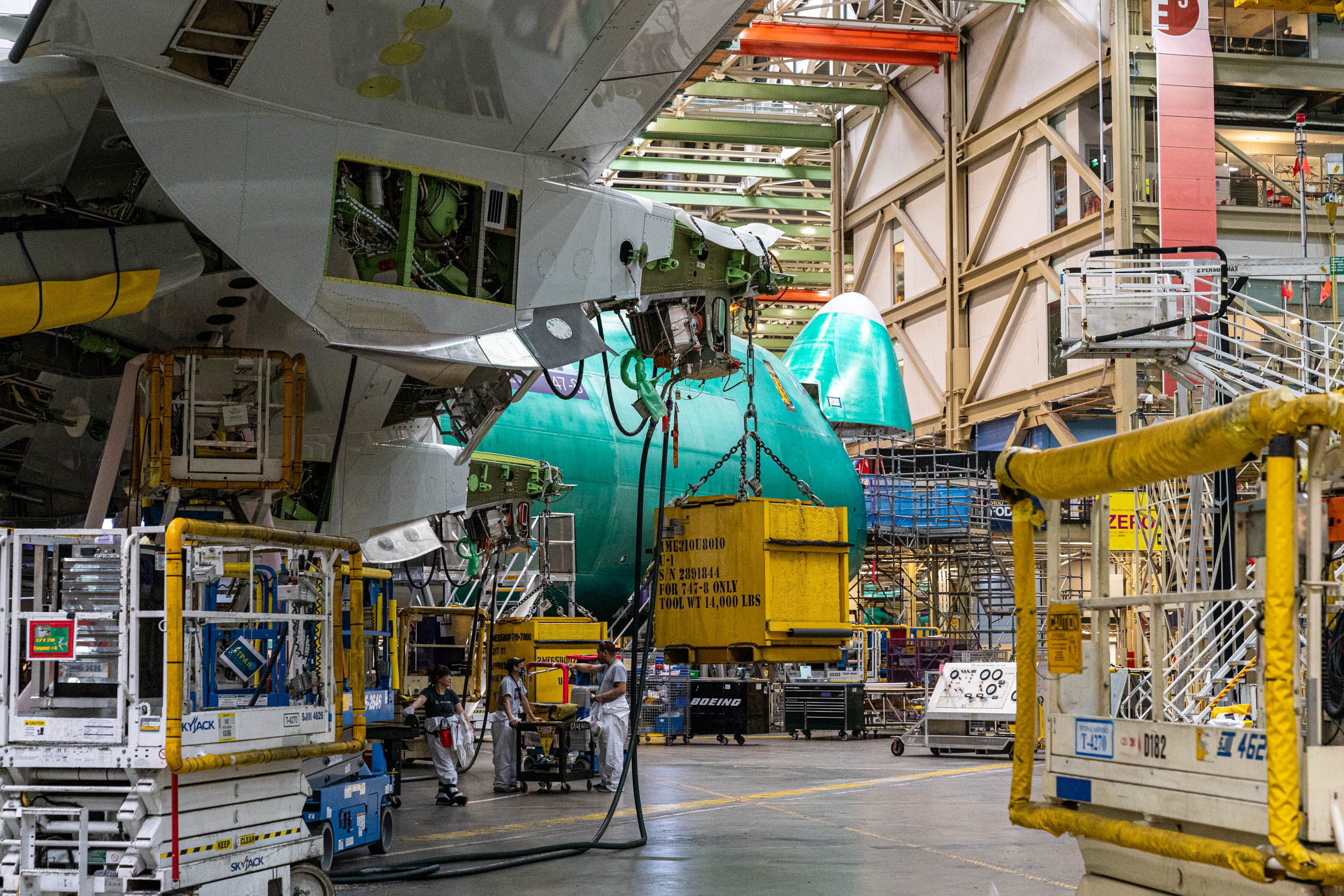
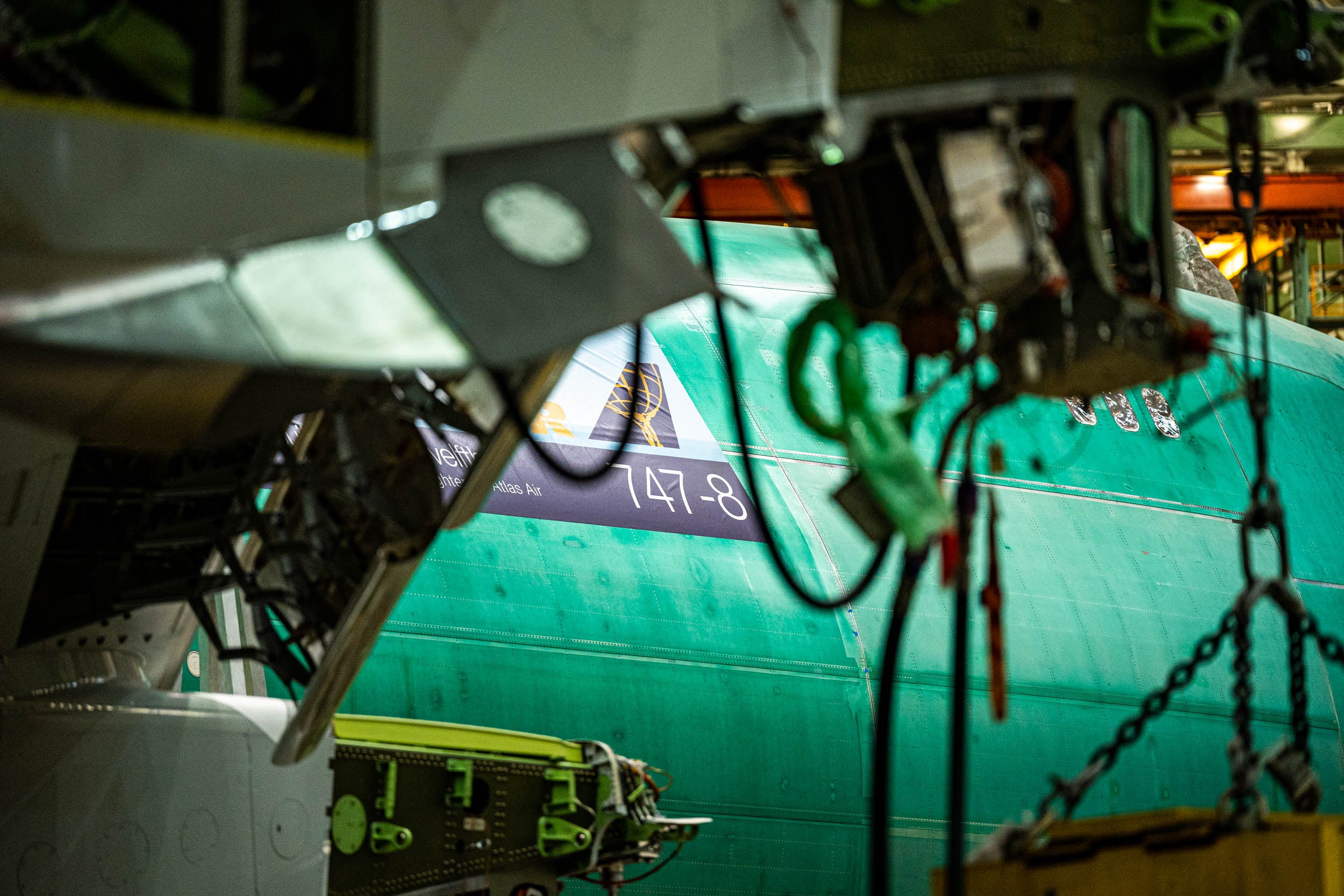
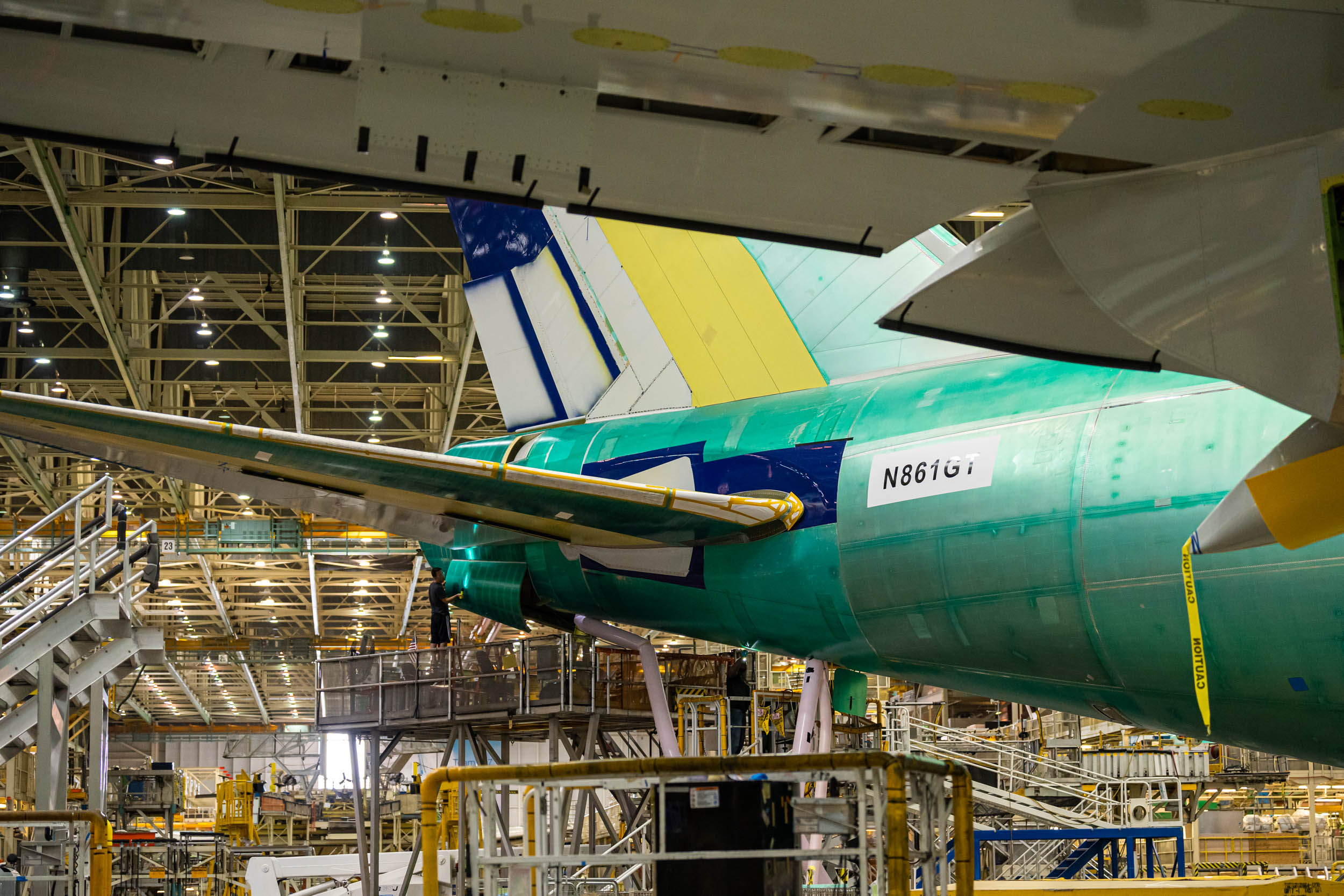
“For more than half a century, tens of thousands of dedicated Boeing employees have designed and built this magnificent airplane that has truly changed the world,” Kim Smith, Boeing’s vice president and general manager of the 747 and 767 programs, said in a statement.
“We are proud that this plane will continue to fly across the globe for years to come,” Smith added.
While the 747 continues to be optimal for freight carriers, its utility for passenger airlines has diminished recently. With four engines, the plane is more expensive to operate than narrow-body planes like Boeing’s 777 or 787. For this reason, many airlines retired their 747 fleets during the 2010s and 2020s, with some plans accelerated by the COVID-19 pandemic. Delta Air Lines and United Airlines both retired their 747s in 2017.
Boeing’s last passenger 747 was delivered to Korean Air in 2017. Lufthansa, Korean Air and Air China still fly passenger versions of the jets.
Two military variants of the 747-200 — the VC-25A — serve as Air Force One. Two replacement VC-25Bs, based on the 747-8, have been constructed and are expected to be delivered to the U.S. government around 2026 or 2027.
The 747-8 — at 250 feet and 2 inches — is the longest commercial airplane in service. The Freighter has a cargo payload of 133.1 tons, Boeing says — enough to carry 10,699 solid gold bars or, if someone is so inclined, about 19 million golf balls.




